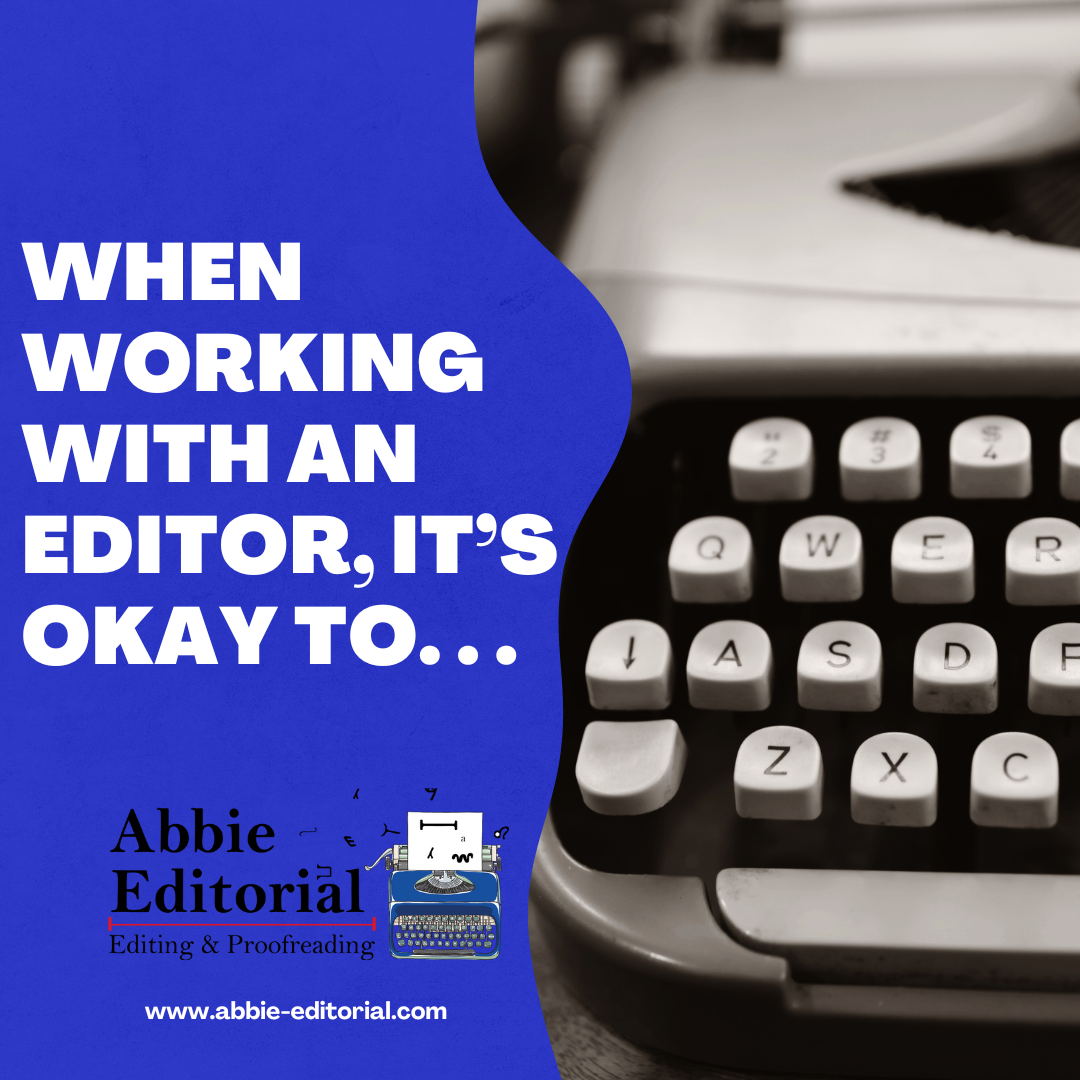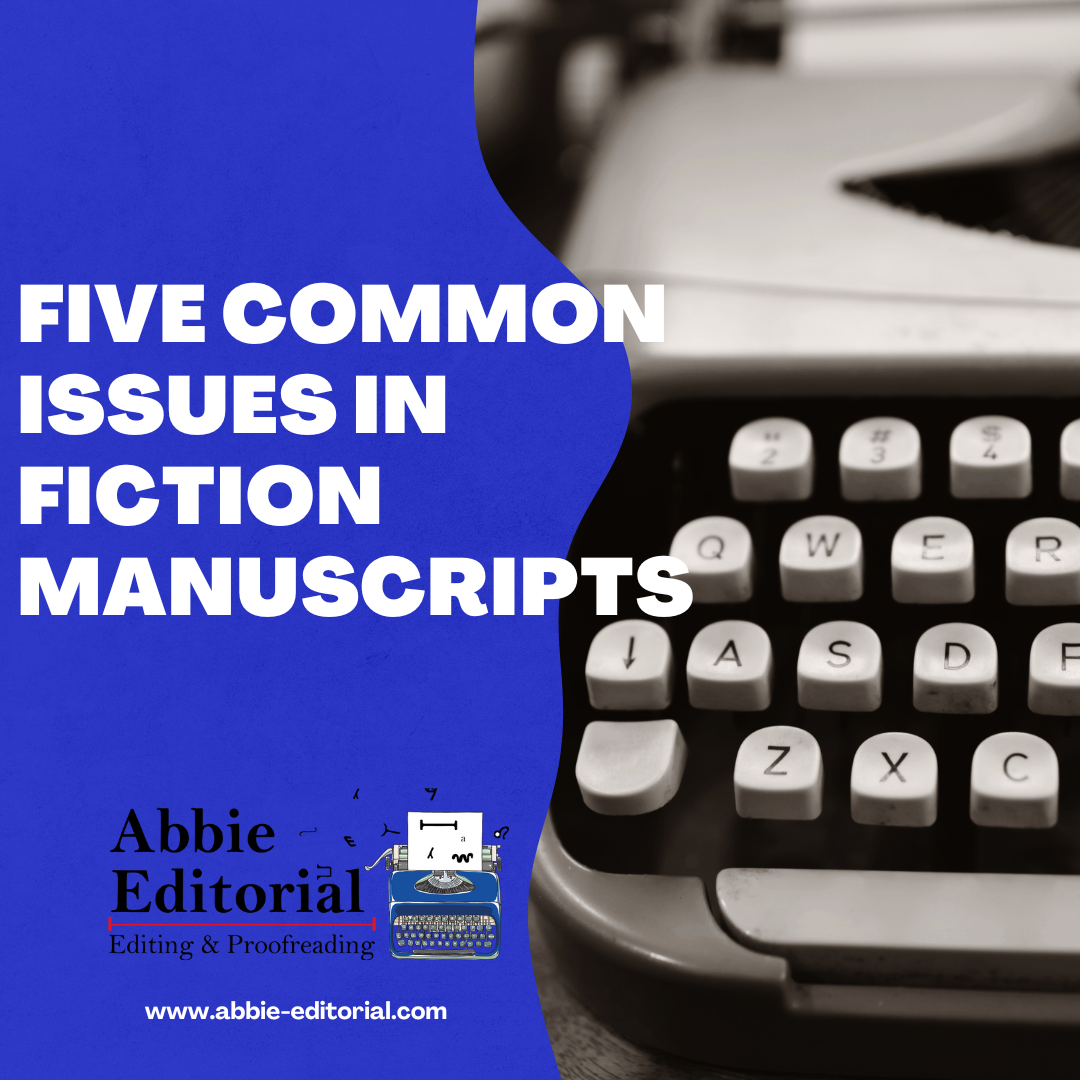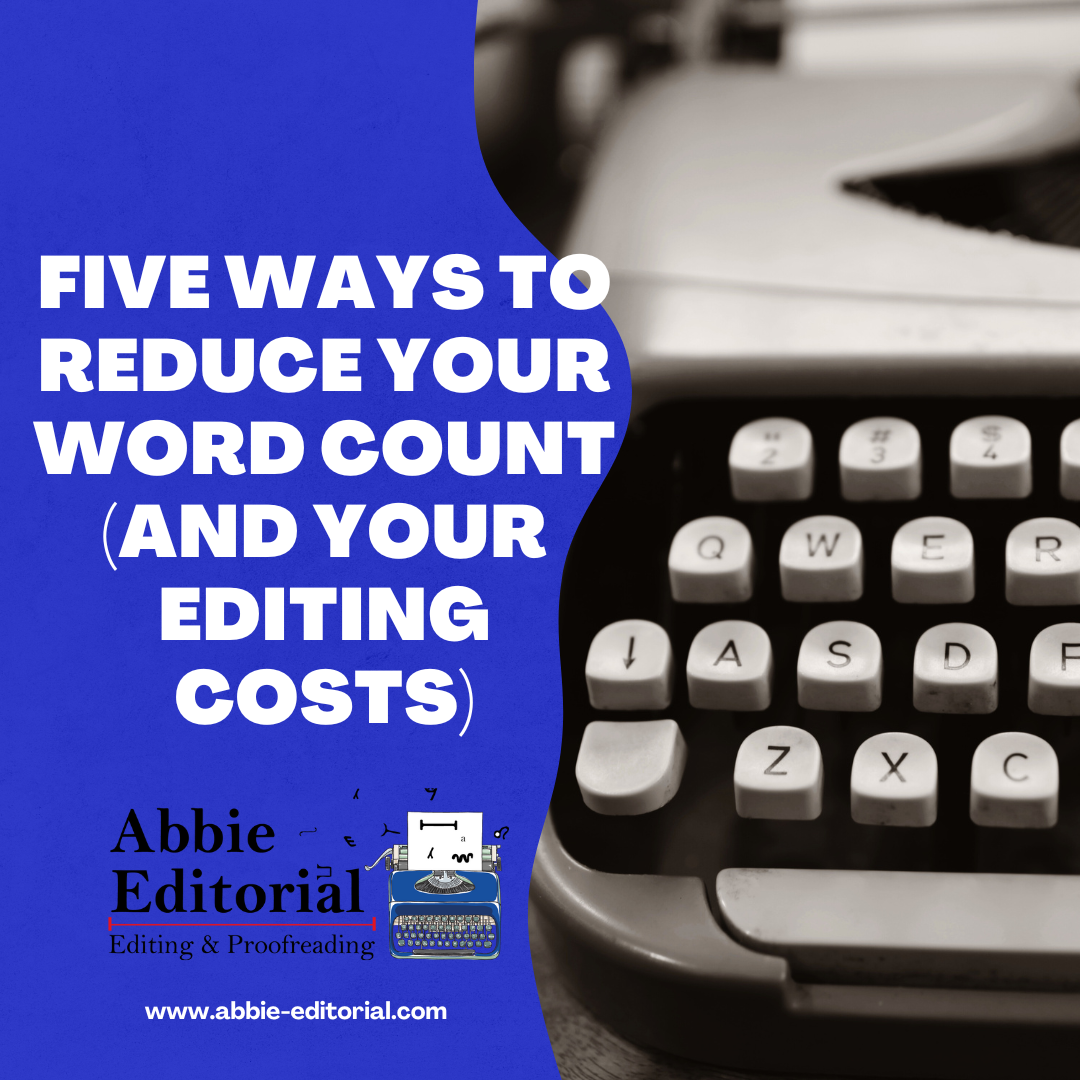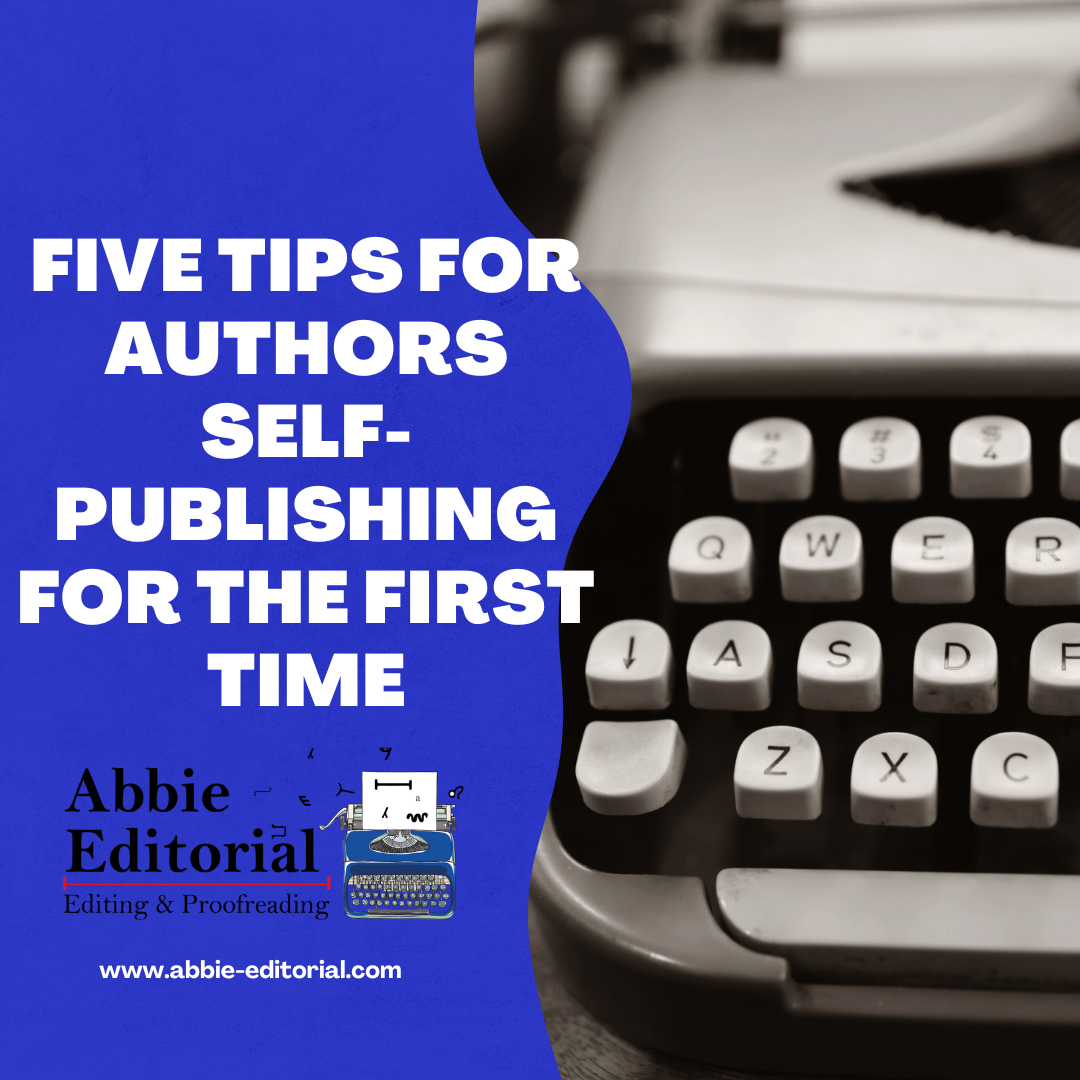Editing the second time around
by Tom Alan

A little background: I wrote The Last App between 2018 and 2020. Then, during the Covid lockdown, between March and July 2020, I wrote Hitting the Jackpot. I sent them both out on submission together. Back came The Last App with a posse of rejections, but Jackpot hit the jackpot.
So, the first book I wrote was a ‘No’, but the second was a ‘Yes’. Was there a lesson I could learn from that? It turned out there was – more than one, in fact.
On acceptance, I was told that Jackpot didn’t need ‘any major structural changes’, but the editing process still taught me a lot. One of the biggest jobs my editor gave me was to find and eliminate the plethora of words that added nothing to the story except volume. We’re talking about words like ‘just’, ‘well’, ‘so’ and ‘anyway’. Jackpot was littered with them – but not for much longer…
Having purged the text of superfluous words, my next job was to eliminate the occasions when words were repeated in close proximity to each other: ‘...snaps her hands behind her back and leans backwards...’ or ‘...then an even nicer touch, the saleswoman wanders past and touches his arm...’ These instances, I learned, were potential sources of distraction for readers, so a complete no-no. They were soon toast.
I then had to sort out a few ‘issues’ with the names I’d chosen for some of my characters. I had both Tom and Tony working in a bank, a ready-made source of confusion and/or distraction as they looked very similar. I also had a couple of ‘sound-alike’ names, Paula and Laura, not a good idea if the book ever made it as an audiobook, so Laura and Tony were swiftly retired.
As Jackpot went to print, I took another look at The Last App and applied everything I’d learned from the editing process so far: out went the examples of ‘just’ and ‘well’ and all the others; out went the words repeated in close proximity; out went any ‘look-alike’ and ‘sound-alike’ names; and out went The Last App, back on submission but with rippling muscles and a fresh spray of cologne.
That was the moment when Betsy Reavley at Bloodhound Books told me a little home truth: The Last App needed more than a fresh shirt and a change of underwear: it needed some structural changes... And so I was assigned Abbie Rutherford as editor, tasked to wrestle The Last App into some sort of publishable shape.
There were two main problems with The Last App, I learned. The first was that the style of writing was uneven: one minute it was laugh-out-loud funny, the next it was dark and threatening – I was going to have to make a choice. I went dark.
Three of my four published books are comedies, so I guess I have a natural tendency to drift to humour. But The Last App was clearly more suited to a different, darker tone. An example will help here. There is a scene in The Last App where Mick takes part in a TV game-show publicising the app which calculates your likely date of death. I initially wrote this as an I’m a Celebrity type of show, with the contestants having to choose healthy food and eat it on live TV, and ride exercise bikes in the studio in a race to win a £10,000 prize. The compere was a clown-like personality. It was pure slapstick, I thought it was really good, but it didn’t fit with other parts which were heavy with psychological family drama. So, I rewrote the game show chapter and turned the programme into a University Challenge-style quiz, much more cerebral, much less comedy.
Abbie then pointed another ‘issue’ with my writing – apparently, well, evidently, I was a head-hopper. Within individual chapter, or sections, even single paragraphs, I swapped the point of view (POV) from which the story was being told from one character to another, and even back to the narrator. How I managed to write my second book (Jackpot) without head-hopping, I don’t know, but Abbie had clearly found a major problem with the first (The Last App). I had more than a hundred instances of head-hopping to sort out.
It was at this point that Abbie’s editing expertise really saved me a lot of time. Not only did she point out the places where I was head-hopping, she also showed me some useful techniques to eliminate it (like changing the ‘thoughts’ to dialogue), and most importantly, she suggested which POV would be the best one to use in each chapter or section, and why. Having this ‘second view’ was invaluable, especially at this, quite late, stage of the process, where I knew my story back to front and inside out, but was no longer able to see it with a fresh pair of eyes – Abbie provided that fresh pair of eyes.
Another area where Abbie suggested a structural change was with my prologue. I like a good prologue. I used one in Jackpot and I had one in The Last App. Abbie suggested ditching my initial two-page prologue, which was almost an academic discussion on how new technology had often failed to live up to its promises, and replacing it with the first paragraph of chapter one as a stand-alone prologue. After a lot of thought, I decided to go with Abbie’s suggestion. My new prologue was much more in the style of the book to come: it was shorter, snappier, and no longer a type of textbook treatise that might have put some readers off.
There were many other ‘minor’ issues to deal with, often signalled by Abbie simply commenting, ‘Does this drive the story forward?’ or ‘Is this really necessary?’ Nice ways of saying it doesn’t and it isn’t, but leaving the decision to me. Important observations which, I feel, come from the ‘fresh eye’ that I think an editor brings to the manuscript when the author is no longer capable of seeing it.
So, editing, second time around? Once again, I feel I learned so much and my book has been improved immeasurably by the process. Being a (near) debut author (it’s only my second novel), I see all the observations and suggestions made by an editor as opportunities to improve my work. It’s certainly an eye-opening process: just when you sit back and think ‘it’s done’ is exactly the time that you need a fresh pair of eyes to say, ‘Well, maybe not...’
Visit Tom at his website or head over to his Amazon page.










